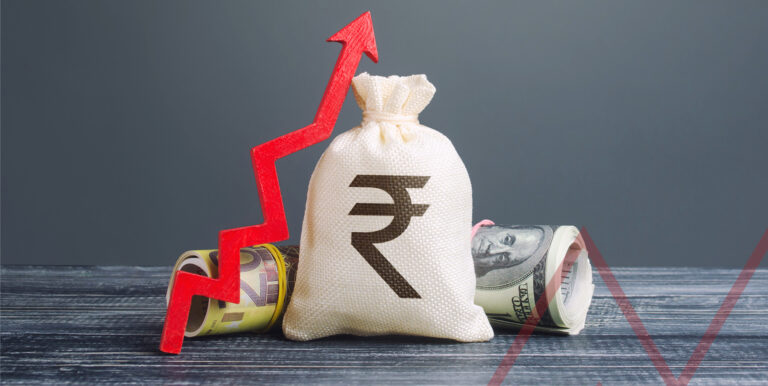Pakistan’s inward remittances reached an all-time high of $4.1 billion in March 2025, shattering previous records and defying industry forecasts. The surge marks a 26% jump over the earlier high of $3.2 billion recorded in May 2024, and more than double the country’s five-year average.
The leap took market analysts and treasury desks by surprise. Most banking forecasts ranged between $3.5 to $3.8 billion, factoring in seasonal spikes tied to Ramzan and Eid. Yet the actual figure exceeded even the most optimistic outlooks.
While seasonal inflows played a role, with Ramzan falling fully in March this year, insiders suggest a convergence of multiple forces: a tightened grip on informal channels, attractive interbank rates, and strategic moves by commercial banks eager to shore up foreign exchange supplies.
Despite the inflow, Pakistan’s dollar liquidity remained constrained. Some banks, aiming to fulfill import obligations, reportedly offered remittance rates at a loss to secure interbank dollars, an approach that may eat into Q1CY25 profits.
The SBP’s relatively hands-off approach to buying fewer dollars than in 2024 led to a $500 million decline in forex reserves during the same month, raising questions about the true absorptive power of March’s inflows.
The Numbers Behind the Record
- 30% month-on-month growth, 37% year-on-year
- $28 billion total remittances in 9MFY25 (up 33% YoY)
- Saudi Arabia: $987M (+33% MoM)
- UK: $684M (+38% MoM)
- UAE: $816M (+28% MoM)
- Dubai: $665M (+20%)
- Abu Dhabi: $151M (+65%)
SBP projects $38 billion in remittances for FY25, expecting the current account to remain in surplus and reserves to rise to $14 billion by year-end.
However, early data from April shows a sharp cool-off. One bank cited a near 50% drop in inflows compared to March, while another expects April volumes to fall below February 2025 levels, hovering around $3 billion.
The outlook remains cautiously optimistic. While March’s spike may be an anomaly, Pakistan’s overall remittance trajectory for FY25 remains strong. With migration on the rise, improved formal channels, and continued pressure on hawala/hundi markets, structural gains may continue.

